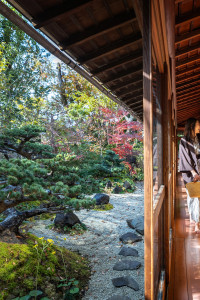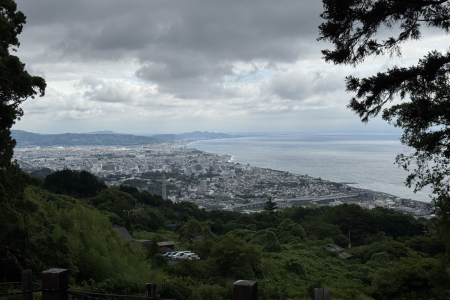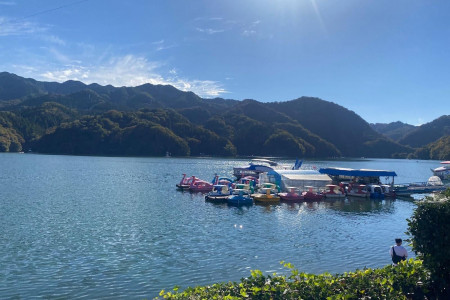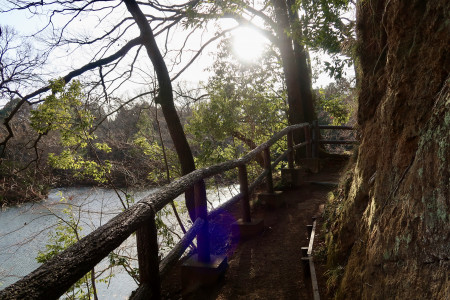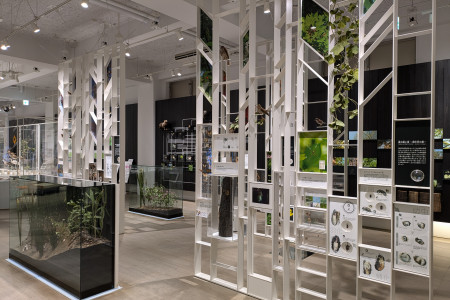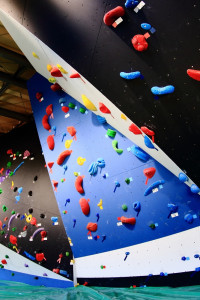
Trip reports
Outdoor Adventure in Hadano
For a nature-filled journey in the heart of Kanagawa, visit Hadano! This city, situated close to the center of the prefecture, is home to a mix of urban life and nature and encompasses part of the mountainous Tanzawa-Oyama Quasi National Park. With numerous hiking trails and even views of Mount Fuji on clear days, Hadano makes for a lovely day trip.
As public transportation is a bit sparse in this area, we recommend that you rent a car for easy and efficient travel. To set the mood for the adventurous day ahead, I started my morning with bouldering at Hadano Tanzawa Climbing Park!
Hadano Tanzawa Climbing Park
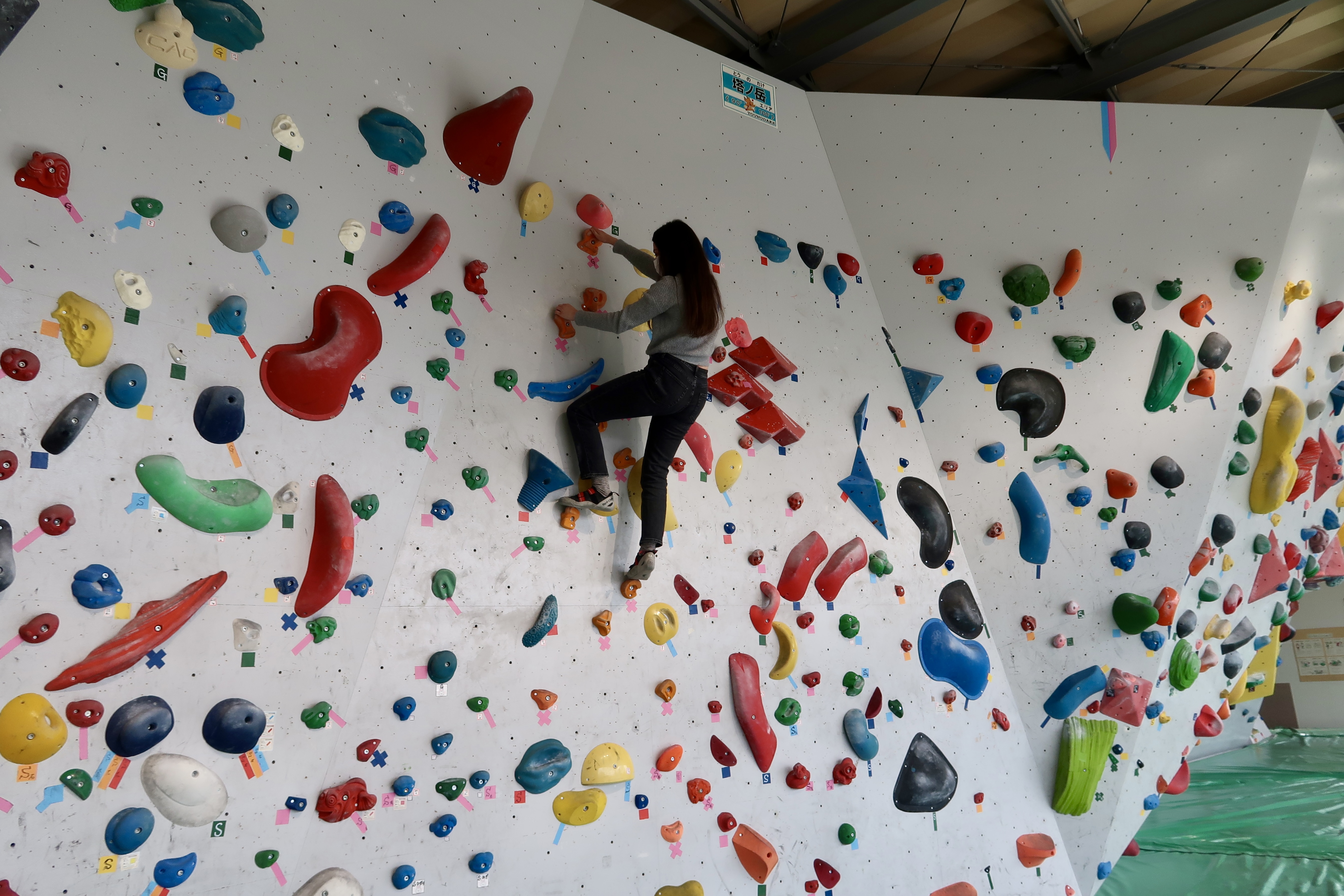
Hadano Tanzawa Climbing Park, located in Hadano Tokawa Park, is a bouldering facility where both beginners and advanced climbers can enjoy a variety of courses. With indoor and outdoor options, the park is a perfect place to visit no matter the season. Upon arriving, I parked my rental car in a nearby parking lot and walked about five minutes to the facility. There, I quickly filled out a form outlining the rules of the park (English forms available), paid the one-hour climbing fee of ¥500, and rented shoes for ¥200. With the shoes snug on my feet, I was ready to start.
The wall featured eight levels of difficulty and was marked with colored tape to define the paths. As a beginner, I first chose an easy path. However, after only a few minutes of climbing, I was shocked by how tired I already was. The upper body workout paired with the concentration and balance, made for an engaging yet exhausting experience. As I clung to the wall with shaking limbs, I was glad I opted for only an hour of climbing.
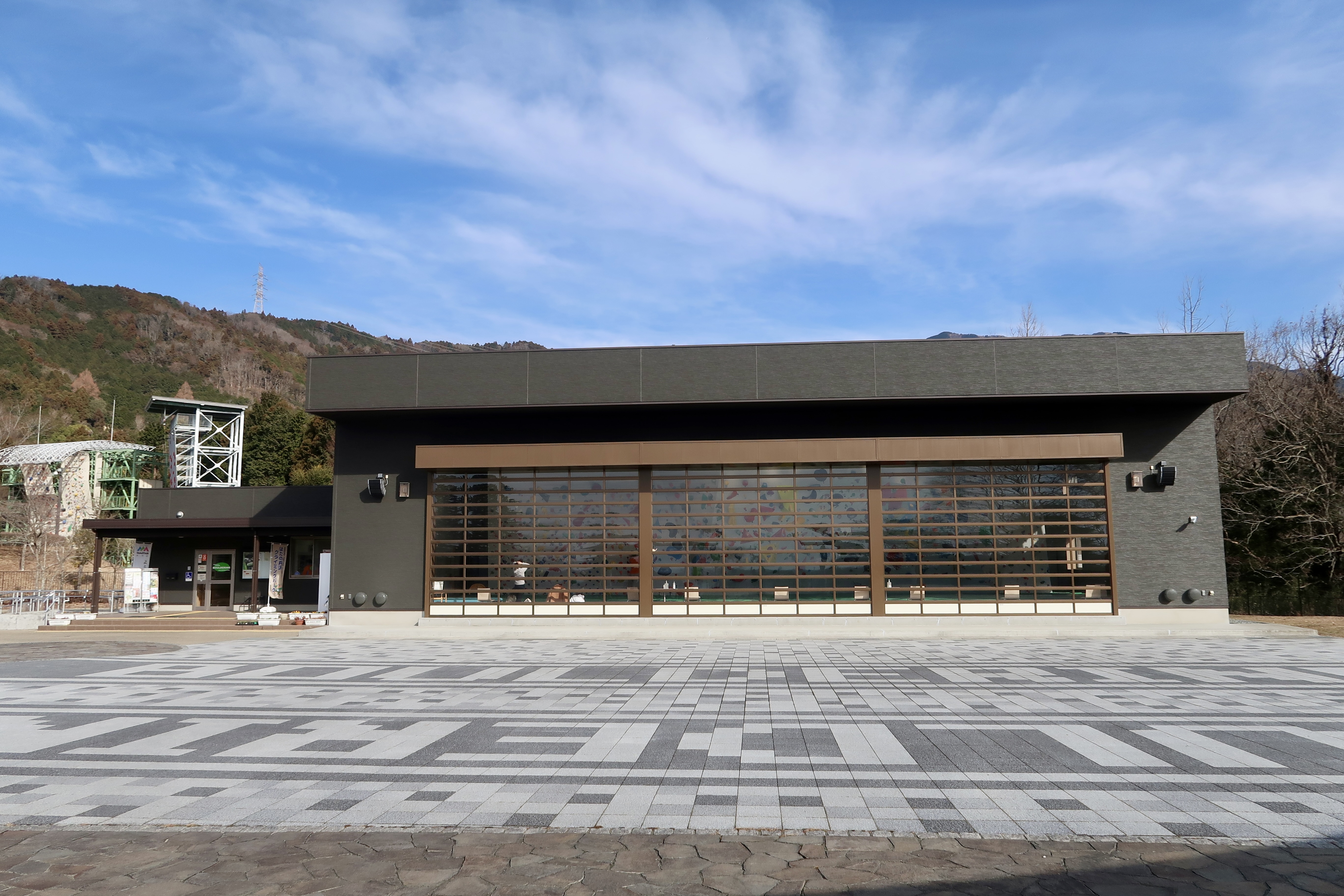
After exiting the facility, I happily welcomed the crisp air and encircling mountains. Next, it was time for some lunch!

Shinonome Soba Restaurant
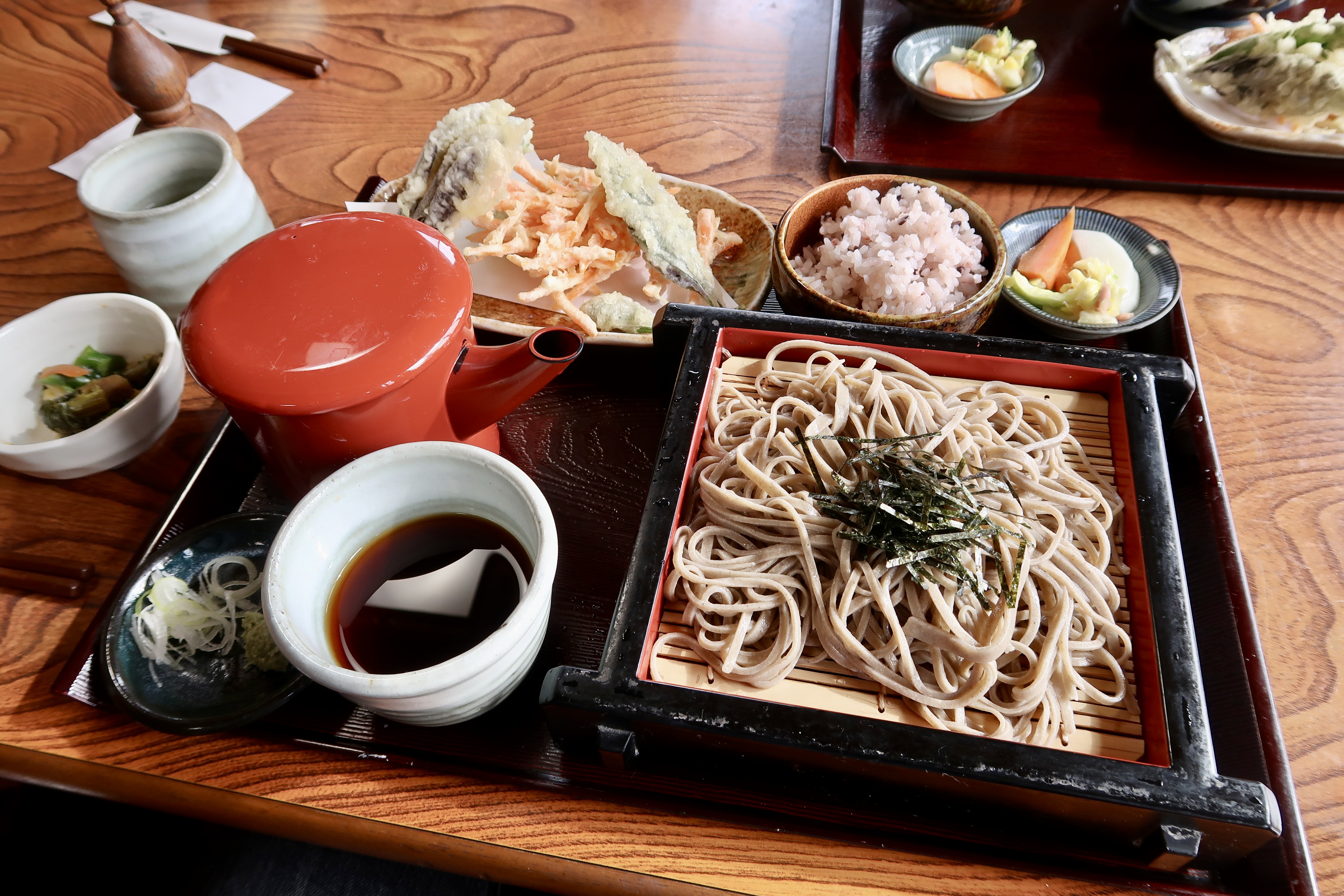
From Hadano Tanzawa Climbing Park, Shinonome was a short 15-minute drive. Situated in Tahara-Furusato Park, Shinonome is a quaint soba restaurant that offers a variety of dishes centered on soba, or buckwheat noodles.
After removing my shoes, the staff led me to a traditional-style table with a cushioned seat on the floor. With sore arms from climbing and a ravenous appetite, I chose a meal set of soba, vegetable tempura, rice, and pickled vegetables. The soba’s characteristic earthy aroma paired perfectly with the soy-sauce-based dipping sauce, and the tempura was light and crispy. As I enjoyed the meal, I admired pleasant views of the park and mountains through the restaurant’s tall windows. Combined, the meal and relaxing atmosphere were a great way to recharge after bouldering.
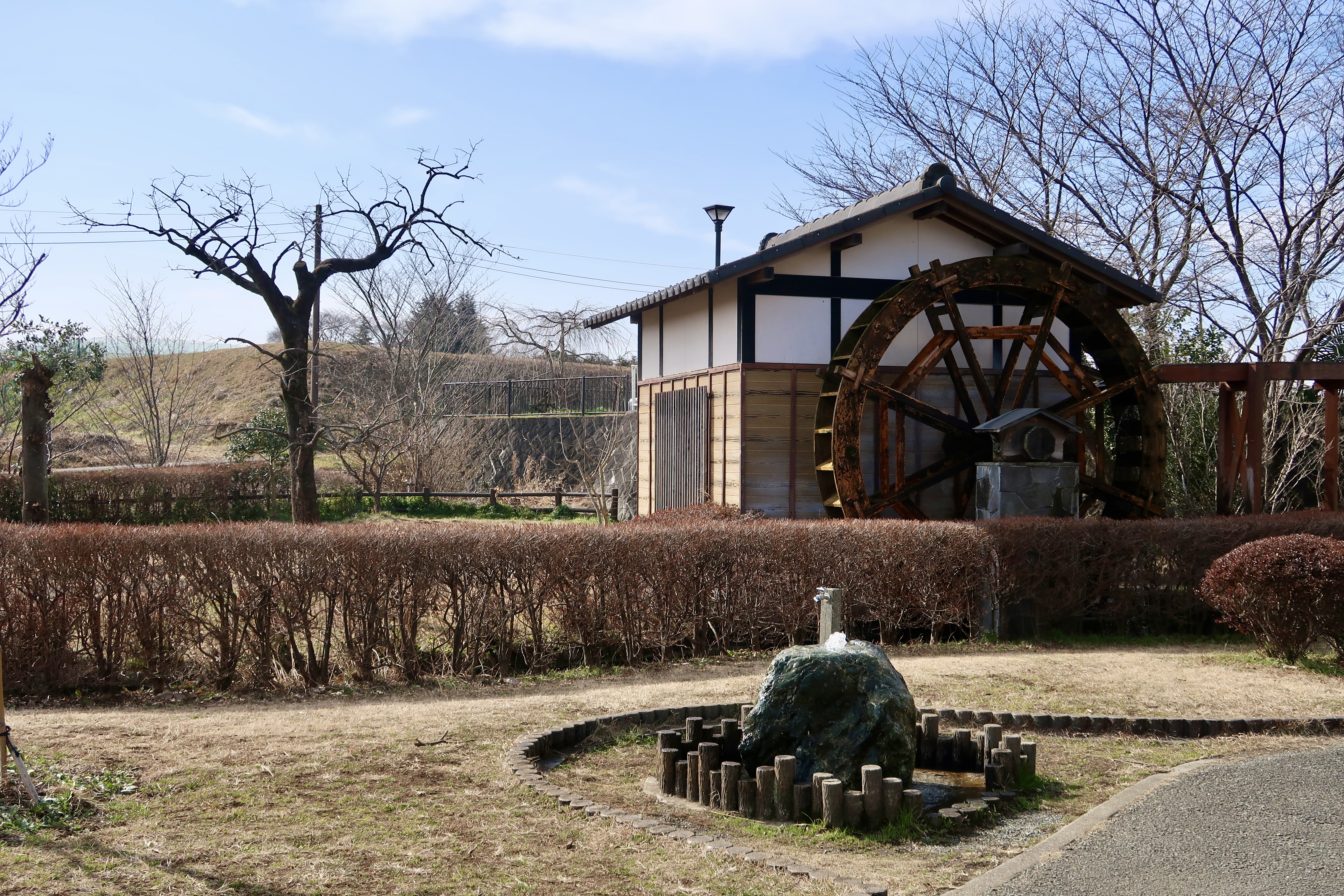
Once I finished lunch, I walked around the facility and discovered a fresh produce market, a grassy walking area with a stream, and a waterwheel where guests can try making soba themselves (reservation required). I was even lucky enough to catch a glimpse of Mount Fuji behind the clouds. After resting, I was ready for my next destination.
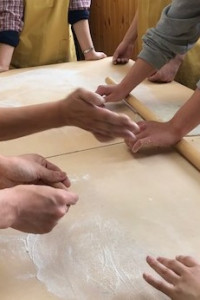
Nanohana Dai
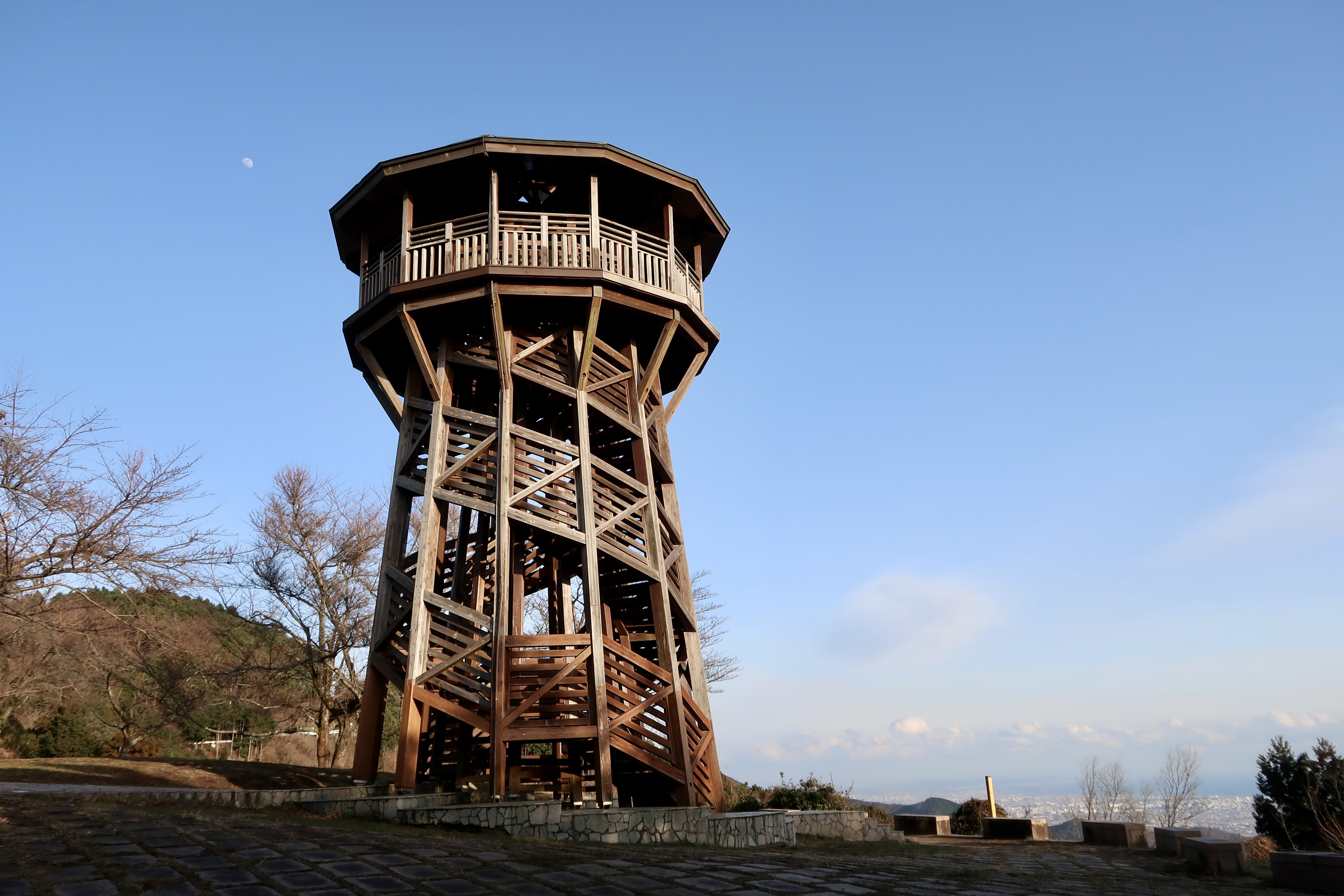
Next, I drove about 17 minutes to Nanohana Dai, an observation tower. As I maneuvered the winding mountain roads and closed the gap between myself and the clouds, I became excited for the panoramic views that awaited me. After parking in the adjacent parking lot, where public bathrooms were also conveniently located, I walked to the wooden tower. Although I was eager to reach the top, I took a moment to appreciate the tower’s fun appearance. Inside, I craned my neck upwards from the tower’s base and admired the spiral movement of the staircase. Then, I took to the stairs!
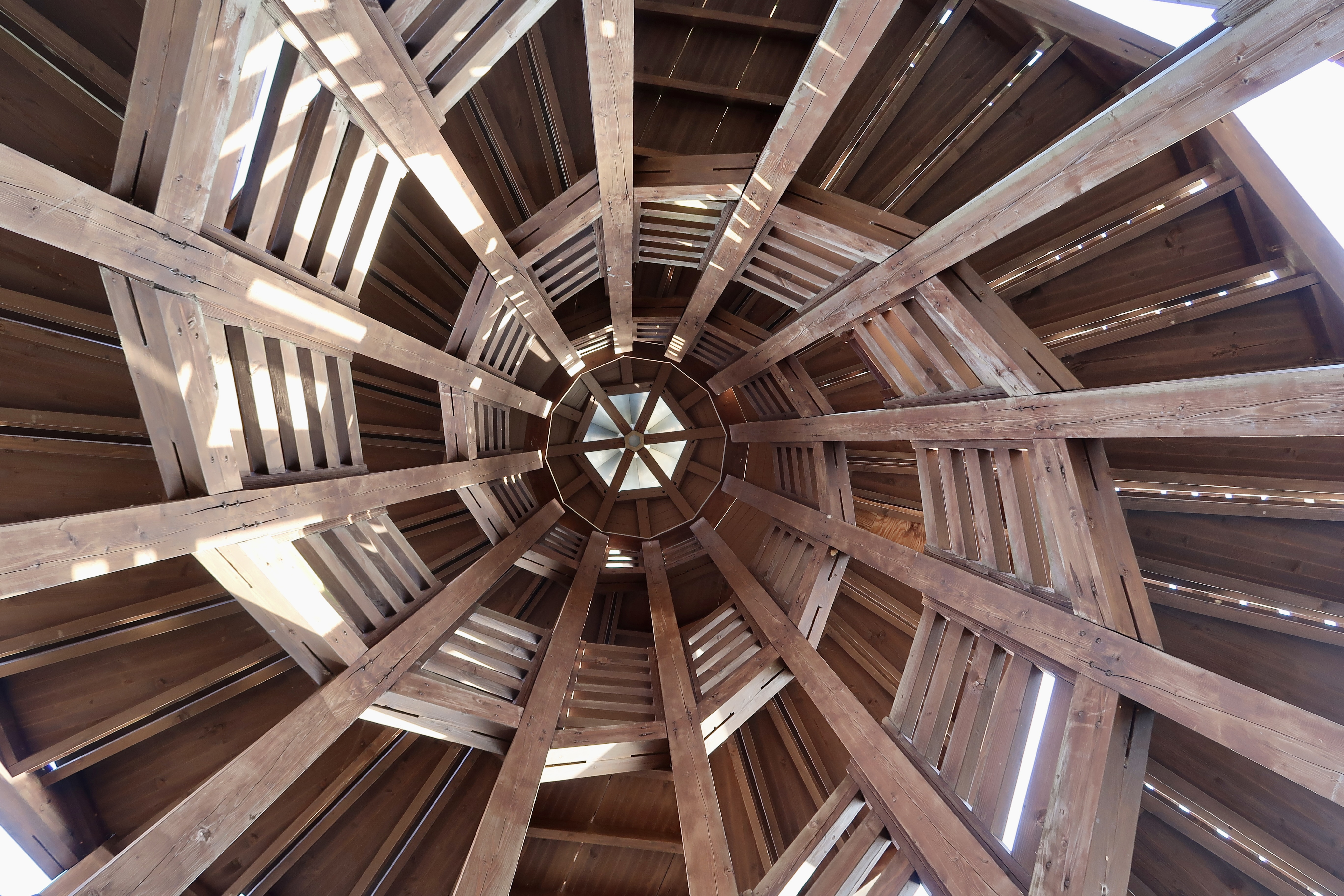
From the top, I was treated to expansive panoramas of Hadano, Sagami Bay, and even Enoshima island! City life sat intersected by farmland and mountains and the distant sea met the sky in varying shades of blue.
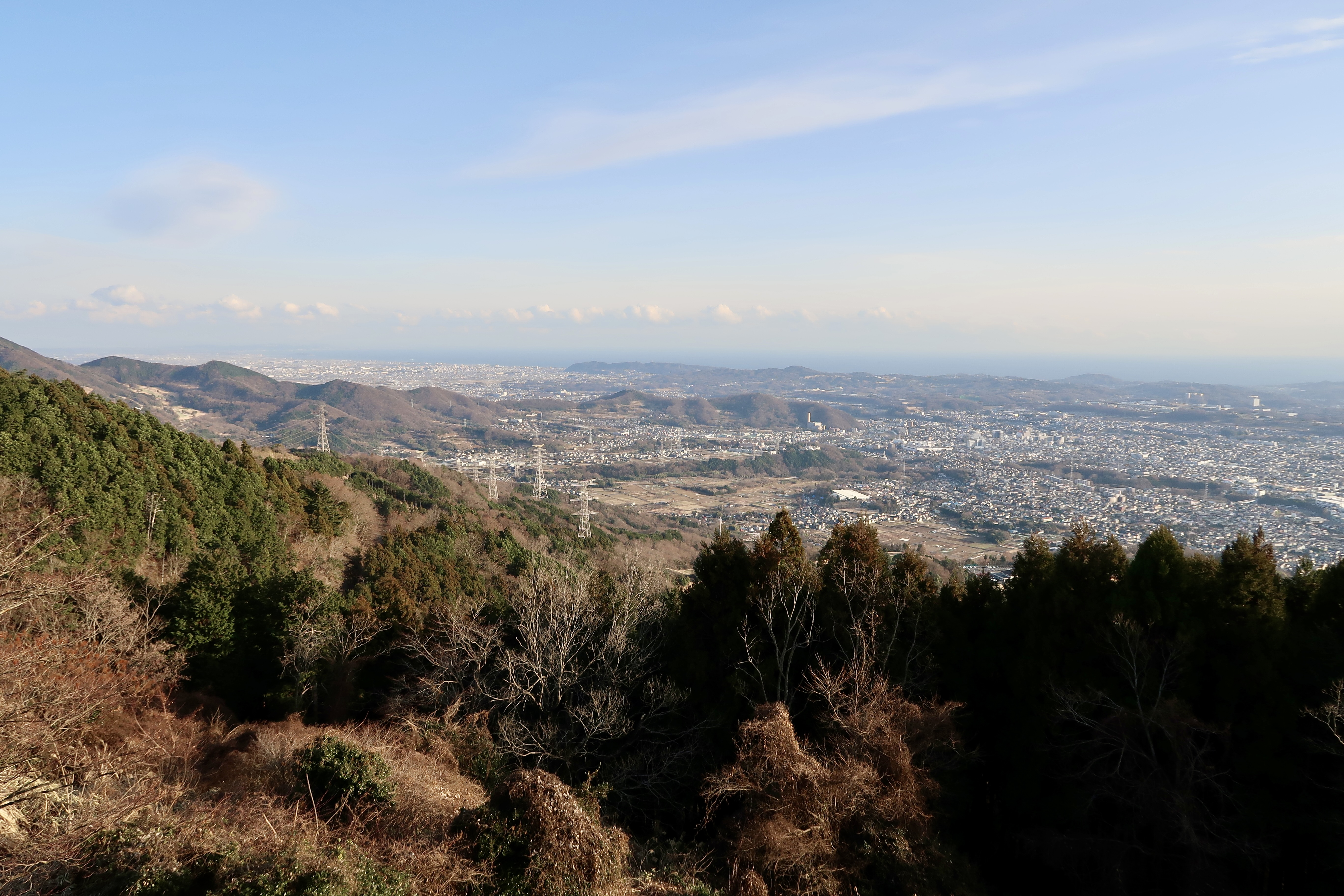
On the other side of the observation tower, I was greeted by lush, rolling mountains. While I could not see Mount Fuji due to the clouds, the nature-filled landscape was inspiring nonetheless.
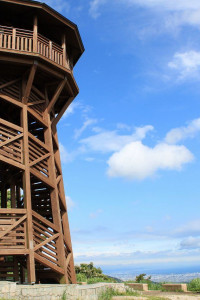
Tsurumaki Onsen Jinya
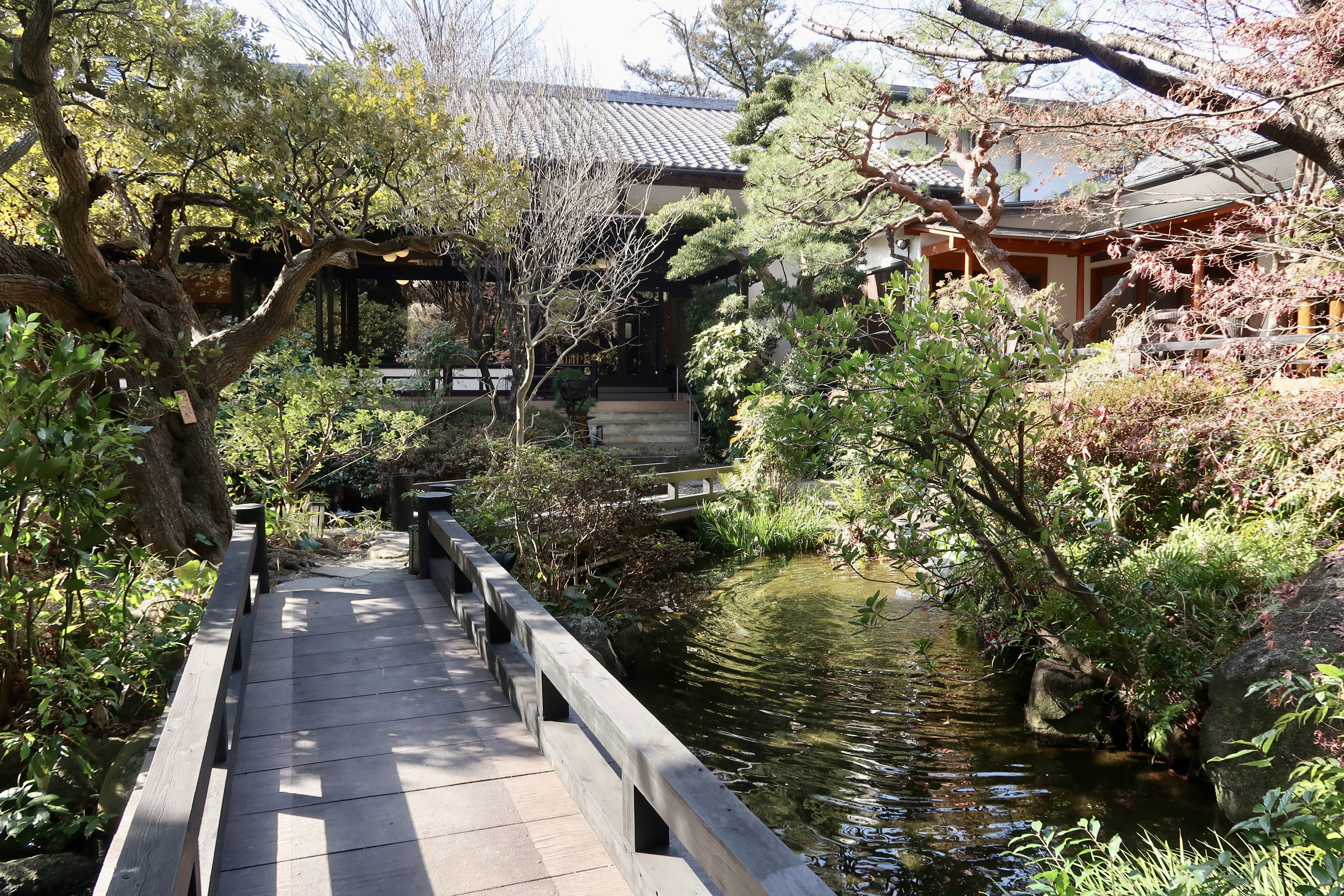
Lastly, I visited Tsurumaki Onsen Jinya, which was about a 25-minute drive from Nanohana Dai. This massive ryokan—traditional inn—sits on a 3.3-square meter (eight-acre) garden and embodies Japanese hospitality with its hot springs, luxurious tatami rooms, and carefully-crafted meal courses. For my trip, I decided to try one of the ryokan’s open-air garden baths, where walk-ins are accepted. After venturing through the mesmerizing collection of plant life, water features, and traditional structures, I reached the onsen. Tsurumaki Onsen’s hot spring water contains calcium and sodium and helps soothe joint stiffness, fatigue, coldness, and more.
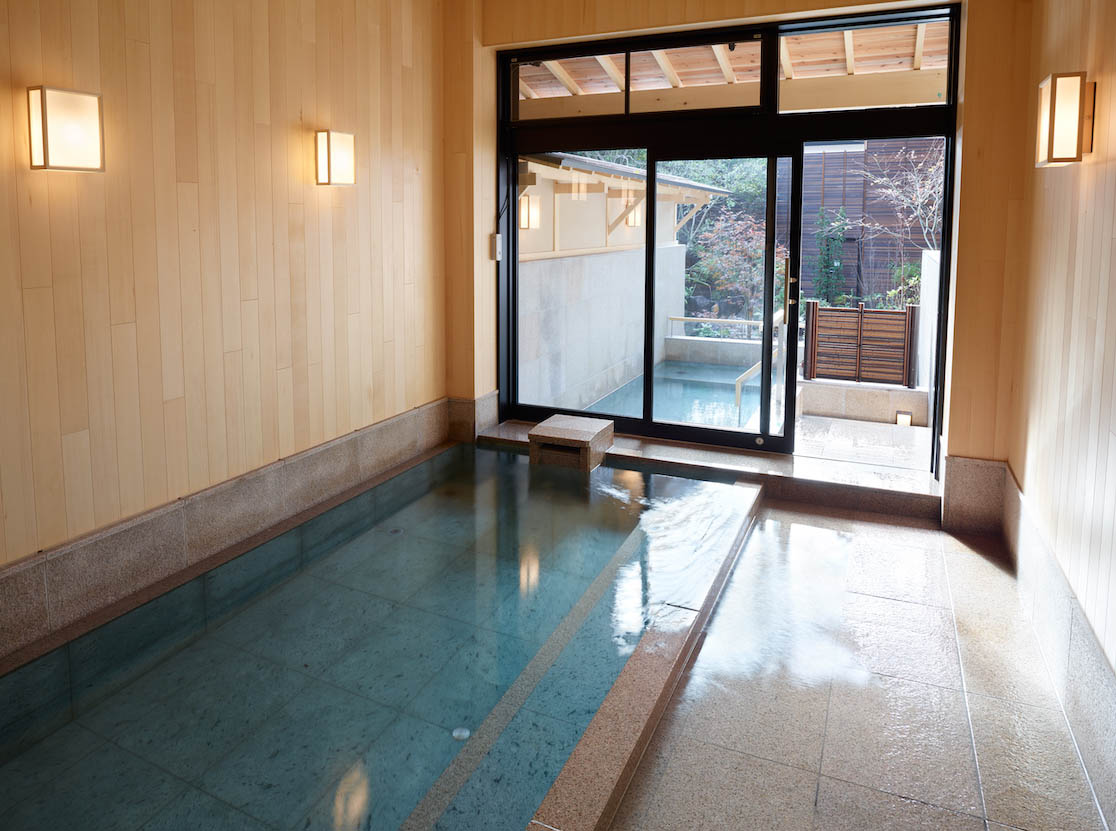
As I lowered myself into the hot water, I instantly felt my body relax. The soreness and tiredness from the morning’s bouldering activity seemed to evaporate with the rising steam. With the facility’s bountiful gardens surrounding me, I felt completely at ease. The hot springs were the perfect way to end my adventure. If you are hungry or looking for accommodation for the night, I recommend trying the ryokan’s traditional meal course and hot spring plan or booking a lavish room you will not soon forget!
